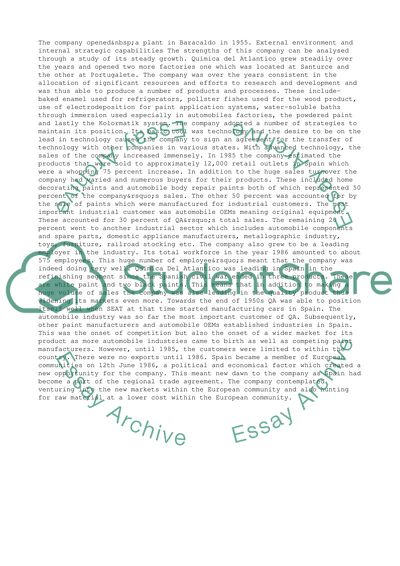Cite this document
(“Quimica Del Atlantico Essay Example | Topics and Well Written Essays - 2000 words”, n.d.)
Retrieved from https://studentshare.org/business/1393276-case-analysis
Retrieved from https://studentshare.org/business/1393276-case-analysis
(Quimica Del Atlantico Essay Example | Topics and Well Written Essays - 2000 Words)
https://studentshare.org/business/1393276-case-analysis.
https://studentshare.org/business/1393276-case-analysis.
“Quimica Del Atlantico Essay Example | Topics and Well Written Essays - 2000 Words”, n.d. https://studentshare.org/business/1393276-case-analysis.


